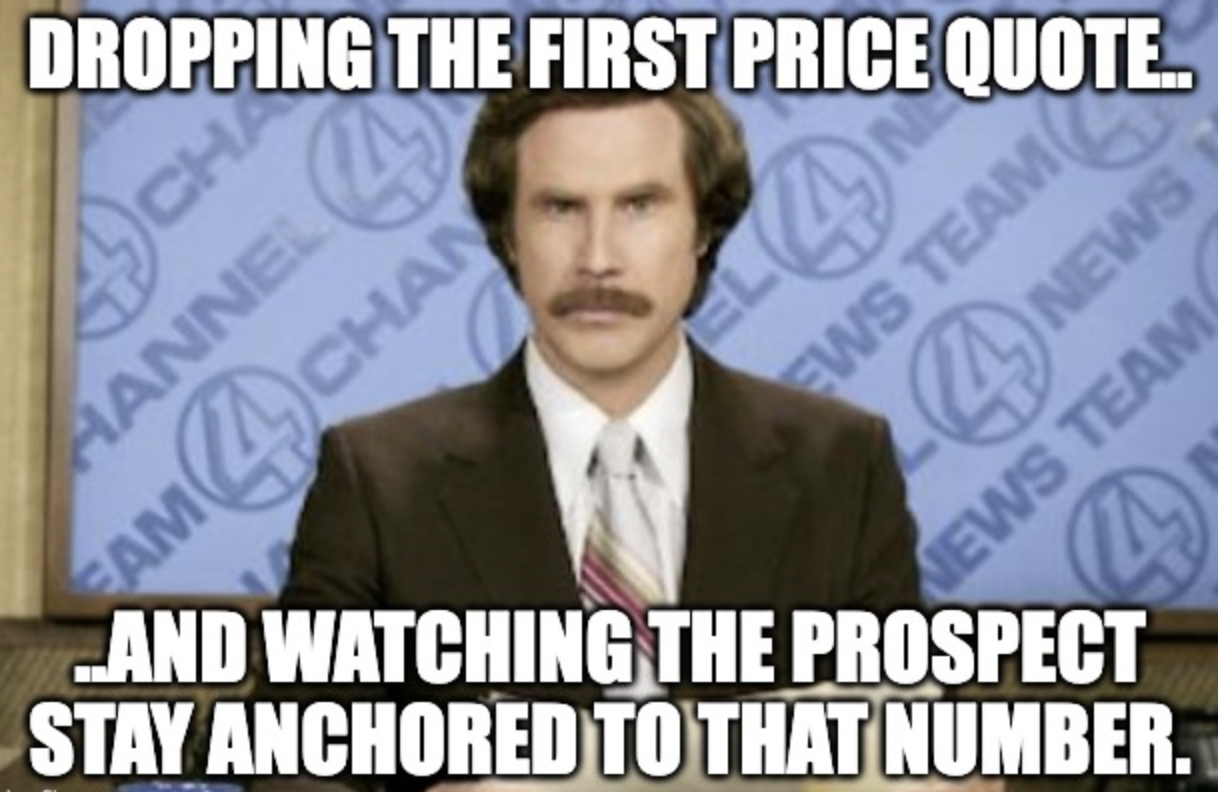How neuroscience can help you sell more effectively ?
Neuroscience studies the brain and nervous system, shedding light on why people make certain decisions—including buying decisions. One particularly relevant branch is cognitive neuroscience, which focuses on the mental processes affecting how and why we purchase.
When you blend these insights with an effective LinkedIn sales automation strategy—using solutions like sales-farmer.com—you can significantly enhance your prospecting campaigns. You’ll learn to influence your potential buyers more effectively while recognizing and overcoming your own psychological barriers as a salesperson.

1. Sales are highly emotional
Contrary to what many might think, logic alone rarely drives a purchase. Neuroscience reveals that primitive brain regions (such as the reptilian brain) and the limbic system (responsible for emotions) play a critical role in decision-making. The neocortex (logical brain) then justifies that emotional choice afterward.
Key takeaway: To persuade, address both emotional and instinctual triggers—don’t rely solely on logical or technical arguments.

2. Six powerful stimuli for influencing the primitive brain
Research on buyer psychology often highlights six must-have elements to sway the reptilian brain. For maximum impact, your message should be:
- Personal
- Contrasted
- Tangible
- Memorable
- Visual
- Emotional
Personal
Our “primitive” brain is self-centered, constantly scanning for threats or benefits.
- Avoid starting with a pitch about your company, its history, or accolades.
- Focus on the customer’s needs, fears, and potential gains (time saved, risk avoided, revenue increased).
Contrasted
Our instinctive brain loves simple comparisons.
- Limit yourself to three key selling points.
- Emphasize clear before/after scenarios or how you stand out from competitors.
Tangible
Make your pitch easy to grasp; the primitive brain dislikes effort.
- Replace complex jargon or vague concepts with straightforward analogies.
- Provide concrete examples that showcase your solution’s real-world impact.
Memorable
Audiences typically recall the beginning and end of a pitch more than the middle (the “primacy” and “recency” effect).
- Put crucial info at the start and restate it near the end.
- Avoid burying your main value proposition in the middle of your presentation.
Visual
Our brains process images in as little as 13 milliseconds—much faster than text.
- Include visual aids (charts, graphs, before/after photos) to reinforce your points.
- If you lack photos, tell vivid stories that help your audience mentally picture the outcome.
Emotional
Two emotional triggers especially influence decisions:
- Fear of Regret – Demonstrate potential risks your prospect faces if they do nothing (losing market share, missing out on revenue, etc.).
- Positive Anticipation – Show how their situation improves once they embrace your offering (saving time, cutting costs, boosting productivity).
3. Use storytelling to ignite émotions
Stories naturally trigger the release of oxytocin—often called the “bonding hormone”—which fosters trust and connection. Rather than overwhelming your prospect with endless data tables:
- Share personal anecdotes about how real customers tackled challenges with your solution.
- Emphasize values, motivation, and vision to resonate on a deeper emotional level.
Pro Tip: A simple five-step framework for storytelling might include: Conflict, Progress, Big Ambition, Obstacle, and Creative Solution. For instance:
“Yes, our product may be priced higher (Conflict). Yet we already applied a discount (Progress). We strive for the highest quality on the market (Ambition), but that quality comes at a cost (Obstacle). Exceptionally, we can offer installment plans if that suits you better (Solution).”

4. Cognitive Biases: Turning irrationality into an advantage
Everyone—even highly analytical prospects—is subject to cognitive biases: mental shortcuts or distortions that affect decision-making. Noted by psychologists such as Daniel Kahneman and Amos Tversky, these biases occur unconsciously and can be leveraged ethically in sales.
Bias #1: Primacy
The first information someone hears shapes their perception moving forward.
- Make a strong first impression—open with empathy, clarity, or a powerful insight.
- Show genuine interest in the prospect’s situation right away.
Bias #2: Anchoring
The initial figure or idea offered sets a mental “anchor” for all subsequent evaluations.
- State a price or budget range first if your prospect isn’t already aware of what’s typical.
- Ensure you’ve established clear value before revealing cost details.
Bias #3: Loss Aversion
People tend to fear losses more than they desire gains.
- Highlight what might happen if they don’t act (e.g., falling behind on mobile advertising if that’s the market trend).
- This mild stress (cortisol release) can spark a realization that pushes them to move forward.
5. Prime your mindset for success
Sales success is part visible tactics (what your prospect sees—your product and presentation) and part invisible mindset (your motivations, beliefs, fears). Studies show the “unseen” aspects often account for about 70% of your performance.
Visualization Technique
Athletes routinely mentally rehearse for competition. As a salesperson, you can do the same:
- Picture an upcoming meeting going perfectly well—hear the prospect agreeing with your points and feel the atmosphere of a successful close.
- The brain can’t distinguish vividly imagined events from real ones, helping you build confidence and override negative past experiences.
6. Pair neuroscience insights with LinkedIn automation
Integrating these neuroscience principles into your LinkedIn prospecting pays off even more when you leverage a powerful automation tool like sales-farmer.com. This combined approach can:
- Segment effectively – Target the right decision-makers by job title, industry, or location.
- Personalize messages – Tap into emotional triggers (loss aversion, positive anticipation) with finely tuned outreach sequences.
- Manage follow-ups – Automate multiple touchpoints without sacrificing sincerity, using the biases discussed (primacy, anchoring).
- Refine continuously – Analyze response rates and A/B test your copy to see which emotional hooks and cognitive triggers yield the best results.
By aligning neuroscience with sales automation, you’ll streamline your workflow and increase engagement—all while making each message more compelling.
Conclusion
Neuroscience offers a window into how people really make buying decisions—largely through emotional signals and cognitive shortcuts. By applying the six key stimuli (personal, contrasted, tangible, memorable, visual, emotional), using storytelling to spark oxytocin, and strategically leveraging biases like primacy and anchoring, you’ll dramatically improve your LinkedIn sales outreach.
- Focus on emotional/instinctive triggers first.
- Keep your message simple and concrete.
- Leverage cognitive biases ethically to influence buyer decisions.
- Optimize your own mindset so you can project confidence.
- Automate with sales-farmer.com to scale your efforts without losing that personal touch.
Armed with these neuroscience insights and robust LinkedIn automation, you’re poised to close more deals, faster. Start refining your outreach strategy today!
Ready to Transform Your Strategy?
